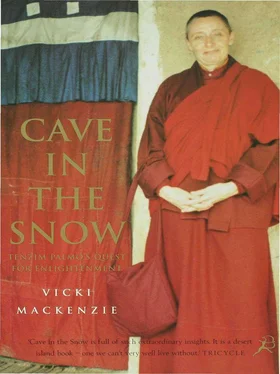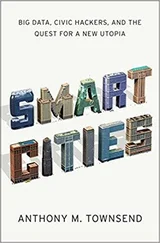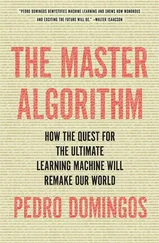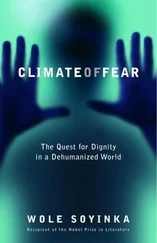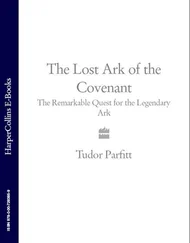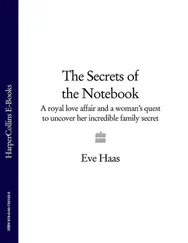To be precise, what she had actually found in those pages was the Buddha’s confrontation with the very same conundrum that had so struck her when she saw the people on the bus the universal problem of ageing, sickness and death. ‘The other thing I liked very much was the teaching on rebirth and the fact that there was no external deity pulling the strings. Also, when I encountered Hinduism there was a lot of emphasis on atman (soul) and its relationship with the Divine. When I first heard the word “atman” I felt this nausea, this revulsion against even the word. Buddhism, on the other hand was talking about non-atman! There was no such thing as this independent entity which is “Self” with capital letters and blazing lights. To me this was so liberating. It was so wonderful finally to find a religion, a spiritual path which proceeded from that.’ As with so many other strange predilections in her life, her inexplicable nausea over the word ‘atman’ would be made clear later on.
But finally she had found it. ‘That book transformed my life completely,’ she continued. ‘I remember three days later walking to work and thinking, “How long have I been a Buddhist? Three days? No, lifetimes."’ She did not know then how right she was.
Having discovered her path, Tenzin Palmo wasted no time stepping on to it. ‘If you’re going to do something, you might as well do it properly,’ was her motto throughout all her life. This was no easy task in the Britain of 1961. Today Buddhism is booming, with hundreds of books being published on the subject and meditation centres mushrooming everywhere (even Bethnal Green’s old fire station has metamorphosed into an exquisite Buddhist temple, an oasis of calm amidst the noise), but when Tenzin Palmo first stumbled upon the Buddha’s message she was very much on her own. Nevertheless, what she managed to discover she took on board with the zest and naivety of a new convert.
‘I kept reading that the main thing in Buddhism was to be without desire, so I thought “Right”. I proceeded to give all my clothes to my mother for her to dispose of and I started going around in this kind of yellow Greek tunic type thing. It went straight down and I wore it with a belt and black stockings,’ she said, laughing at the memory. ‘I stopped wearing make-up, I pulled my hair back, wore sensible shoes and stopped going out with boys. I was desperately trying to be desireless.’
That phase didn’t last long. Shortly afterwards she discovered the Buddhist Society in Eccleston Square, just behind Victoria Station, founded in 1924 by the judge Christmas Humphreys. Humphreys arguably did more than any other person to introduce the British public to the ways of Eastern spiritual thought. He was a fascinating character who managed to combine a distinguished career at the bench with an unconventional interest in alternative medicine, astrology, ESP and Buddhism. He mingled with such luminaries as C.G. Jung, the Zen Master Dr D.T. Suzuki and the royal family of Thailand, and was one of the first to meet and welcome the Dalai Lama when he was newly exiled. When Tenzin Palmo found her way to the Buddhist Society it was the oldest and largest Buddhist organization in the West. Still, it was a small building with a very limited membership.
‘I walked through the door and discovered that all the other people there were not wandering around in yellow tunics! “I’ve gone wrong somewhere,” I thought. “Maybe it was a mistake to give away all my clothes.” I told my mother and she gave me the key to a wardrobe where she had locked them all up. She hadn’t got rid of them at all. She never said a word, she just waited. Really, she was so skilful.’
At Eccleston Square Tenzin Palmo immersed herself in the treasures of Theravadan Buddhism, the ’Southern School’ which existed in Sri Lanka, Burma, Thailand, Vietnam and Cambodia. She learnt about the Buddha’s Four Noble Truths, his brilliant and logical diagnosis of the human condition and its cure: the truth of suffering; the truth of the cause of suffering; the truth of the cessation of suffering and the truth of the path of liberation. It was the distillation of his great revelation under the Boddhi tree when he became Enlightened. She discovered his Eightfold Path:right view, right thinking, right speech, right action, right living, right effort, right concentration, right meditation, the Buddha’s blueprint for conducting either the secular or meditative life. They were the very foundations of the path. Tenzin Palmo lapped it up. ‘It was like being at a banquet after you’ve been starving,’ she said. Zen, with its riddles and clever intellectual gymnastics, the other form of Buddhism on offer at the time, filled her with despair. ‘I can remember lying in bed sobbing because it was completely beyond me! It was so full of paradoxes. Now I enjoy Zen but if that had been the first book I’d picked up I would never have gone on,’ she said.
Feeling her way along, she made herself an altar covered in a buttercup-yellow bath-towel and put on it a statue of the Buddha, given to her by a woman from whom she had bought two Siamese cats. It was typical of the way things were coming to her at that time. The statue had been on the woman’s mantelpiece, brought back from Burma by her merchant seaman husband, and when the woman discovered that Tenzin Palmo was a real Buddhist she spontaneously handed it over. In front of her altar she did prostrations, naturally, energetically and with great joy. ‘When I first went into the Buddhist Society and saw a shrine my first impulse was to prostrate. Then I thought, “Oh no, no, no! One can’t do that! Buddhists wouldn’t do such a thing.” So I didn’t but it was very painful not to. Later I saw pictures of people in the East prostrating in front of the Buddha image and I was so happy. I prostrated and prostrated and prostrated. It just felt so right,’ she said.
Somehow she also came across the Tibetan mantra ‘Om Mani Padme Hung’, which calls on Chenrezig the Buddha of compassion, and began to recite it in her own way, with surprising results.
‘I didn’t know anything about it,’ she said. ‘I thought you had to say the mantra all the time, so I started saying it continuously, first verbally and then in my heart. Actually it was very like that Russian in The Way of a Pilgrim saying the Jesus Prayer, although I didn’t know about him either at that stage. I just kept saying it in my heart. The effect was very interesting very quickly. Although I was working at the time I found I could function very well while still reciting the mantra in my heart. What it did was to split off a part of my mind so that I had this kind of observing consciousness which was resounding with the “Om Mani Padme Hung”. It gave me space in which I could develop awareness of what was going on rather than being right in the middle of it.’
But something was not quite right. While she knew without any shadow of a doubt that Buddhism was for her, there were aspects of the Southern School which worried her. Particularly disconcerting, to Tenzin Palmo’s mind, were the Arhats, those great heroes who had attained Nirvana having eradicated for all time all traces of ignorance, greed and hatred. As such they never had to be born again into this world of suffering. They were free! It should have been just what Tenzin Palmo was after, but they never appealed.
‘There was no talk about love in all that. I loved the Buddha and would cry tears of devotion whenever I thought of him. I wanted to be like the Buddha but I didn’t want to be like the Arhats. They seemed so cold. Actually I think that was rather an unfair representation and I’m now much kinder to Arhats but then it really worried me. If you have a ginger cake and you don’t like the ginger you’re in trouble. So although I loved Buddhism I didn’t like where the Theravadan path was leading. It was not where I wanted to go. There was something missing but I didn’t know what it was. All I knew at the time was that the Theravadan way wasn’t right.’
Читать дальше
